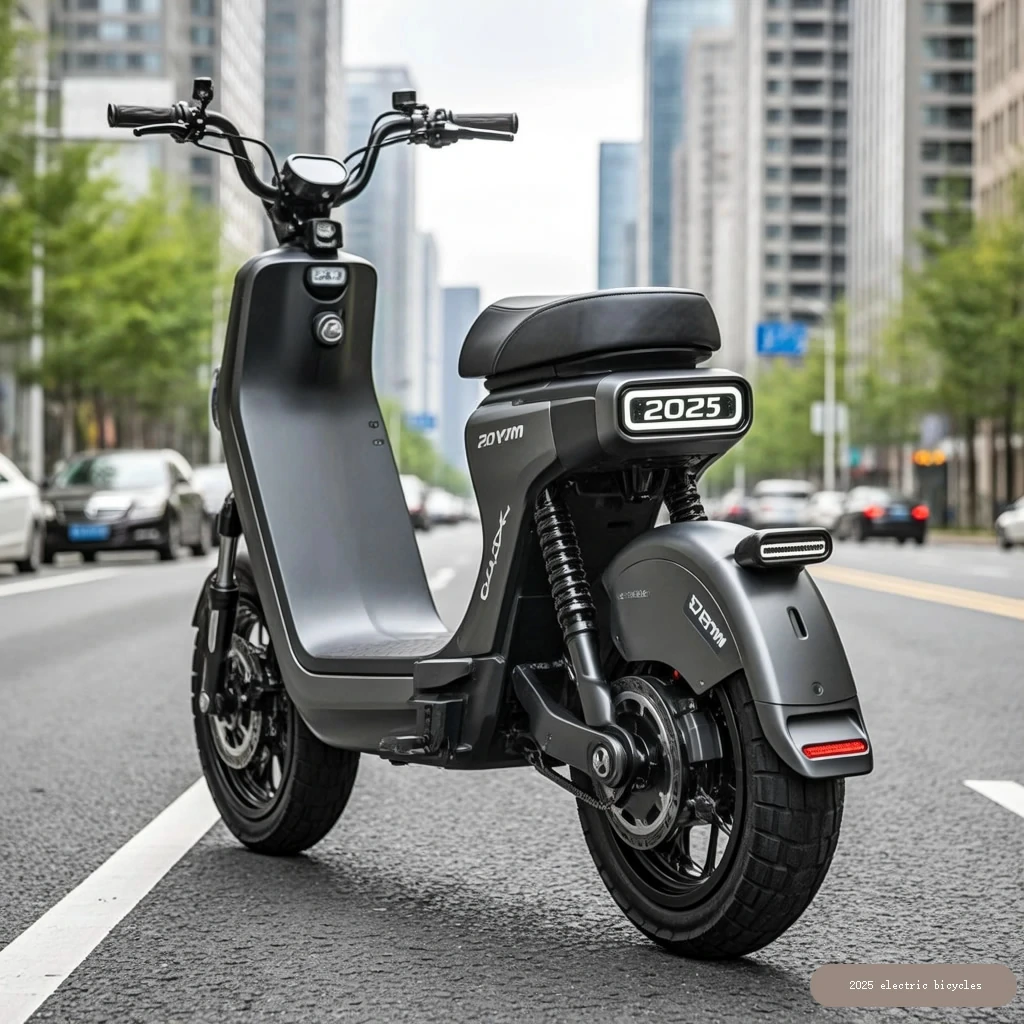How to dispose of scrapped lithium batteries for electric bicycles
2025-08-27
Scrapped lithium batteries for electric bicycles contain harmful substances such as heavy metals and electrolytes. If not handled properly, they not only pollute the environment but may also pose a threat to human health. Meanwhile, metal elements such as cobalt, nickel, and lithium have high recycling value. Therefore, the correct disposal of scrapped lithium batteries needs to balance environmental protection and resource reuse. Safe disposal can be achieved through the following professional processes:
1、 Preprocessing stage
- Deep discharge: Some residual electricity in waste lithium batteries needs to be deeply discharged by soaking them in salt water or using professional equipment to avoid explosions or fires caused by short circuits during subsequent disassembly.
- Safe disassembly: Use insulated tools to disassemble the battery and separate components such as the casing, electrode plates, and separator. For the live dismantling process, advanced technologies such as "continuous feed extremely poor oxygen control mechanism" need to be adopted to ensure that the oxygen content in the crushing environment is stable below 2% and prevent combustion.
- Crushing and sorting: The battery cells are crushed into 1-50mm particles by a crusher, and plastic, copper foil, aluminum foil and other materials are separated using screening, magnetic separation and other technologies to obtain "black powder" containing lithium, cobalt, nickel and other metals.
2、 Metal recycling stage
According to the battery type and recycling value, the following processes can be selected:
- Wet recycling:
- Acid leaching/alkaline leaching: Dissolve the positive electrode material in sulfuric acid, hydrochloric acid, or organic acid (such as malic acid), and separate the aluminum foil with alkaline solution. For example, leaching with 4mol/L hydrochloric acid at 80 ℃ for 2 hours can dissolve 97% lithium and 99% cobalt.
- Extraction and Separation: High purity metal salts (such as cobalt sulfate and lithium carbonate) are extracted from the leachate through ion exchange or solvent extraction, and directly used in the production of new batteries.
- Advantages: The metal recovery rate exceeds 98%, the product purity is high, and it is suitable for processing ternary lithium batteries.
- Fire recycling:
- High temperature melting: The battery is directly put into the smelting furnace, and organic matter is used as fuel. The metal is melted into an alloy and further separated. For example, the Val'Eas process of Umicore can recover metals such as nickel, cobalt, and copper.
- Advantages: Mature technology, suitable for large-scale processing, but high energy consumption and possible loss of some metals (such as lithium).
- Joint process:
- Combination of pyrometallurgical and hydrometallurgical methods: first remove organic matter and enrich metals through pyrometallurgical methods, and then purify them through hydrometallurgy. For example, after obtaining alloys by pyrometallurgy, metal salts are separated by acid leaching and extraction.
- Advantage: Balancing efficiency and cost, it is the mainstream recycling method in China.
3、 Environmental protection measures
- Waste gas treatment: Sealed gas collection chambers, pulse dust collectors, activated carbon adsorption towers and other equipment are used to purify the dust and organic waste gas generated during the crushing process.
- Wastewater treatment: Treating heavy metal containing wastewater through techniques such as chemical precipitation and ion exchange to avoid secondary pollution.
- Tiered utilization: For batteries with high remaining capacity (such as retired batteries in the energy storage field), they can be tested and used in low-speed electric vehicles, backup power sources, and other scenarios to extend their service life.

